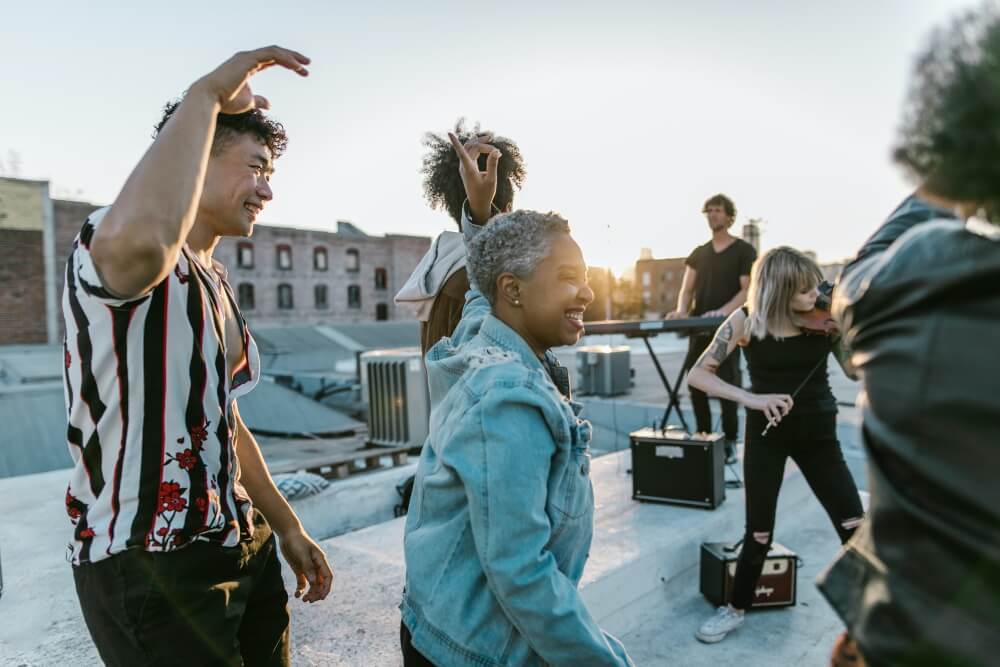The concept of the collective unconscious, introduced by Swiss psychiatrist Carl Jung, is a fascinating and intricate aspect of human psychology and culture. It suggests that there is a shared reservoir of universal experiences, symbols, and archetypes embedded in the human psyche, connecting individuals across time and space. This article delves into the depths of the collective unconscious, exploring its origins, key components, and implications for our understanding of the human mind and society.
In This Article
ToggleThe Birth of the Collective Unconscious
Carl Jung: The Pioneer
The notion of the collective unconscious was popularized by Carl Gustav Jung, a prominent figure in the field of psychology during the 20th century. Jung’s ideas represented a departure from Sigmund Freud’s more individual-focused theories of the unconscious. Jung believed that the human psyche was composed of three distinct layers: the conscious mind, the personal unconscious, and the collective unconscious.
10 world-class mindset shifts that will…
~ Accelerate your success.
~ Bring out your inner genius.
~ Create a lasting impact on your happiness.
Price From: $5.18
Unearthing Archetypes
Central to Jung’s concept of the collective unconscious are archetypes, universal symbols or themes that recur across different cultures and time periods. Jung contended that these archetypes were innate and formed the foundation of human experiences, thoughts, and emotions. Archetypes, such as the Hero, the Mother, and the Shadow, are deeply ingrained in the human psyche and manifest in myths, dreams, and art worldwide.
Understanding the Collective Unconscious
The Structure of the Collective Unconscious
The collective unconscious is often likened to an immense, hidden repository of human experiences. It is structured into layers, with the deepest layer housing the most primal and universal archetypes. This collective reservoir remains largely inaccessible to our conscious awareness, but it exerts a powerful influence on our thoughts, behaviours, and cultural expressions.
The Role of Dreams
Jung believed that dreams were a key gateway to the collective unconscious. He argued that dream symbols and narratives often contained elements of archetypal significance, offering glimpses into the shared depths of humanity. Analyzing dreams, Jungian therapists aim to uncover and understand these archetypal motifs to facilitate personal growth and self-awareness.
The Cultural Impact of the Collective Unconscious
Mythology and Religion
The collective unconscious finds expression in the myths and religious narratives of various cultures. Common themes like creation, the hero’s journey, and the struggle between good and evil can be traced back to the archetypal elements residing in the collective unconscious. These shared motifs have shaped the stories and belief systems that have guided human societies for centuries.
Art and Literature
Artists and writers often draw upon the collective unconscious to create resonant and impactful works. Archetypes, whether consciously or unconsciously, pervade literature, painting, sculpture, and other forms of artistic expression. Recognizing these archetypes in art can deepen our appreciation and understanding of the human condition.
Contemporary Relevance
Depth Psychology
Jung’s ideas on the collective unconscious continue to influence the field of psychology. Depth psychology, which explores the unconscious aspects of the human psyche, incorporates Jungian concepts into therapeutic practices. Psychologists use these ideas to help individuals better understand themselves and address deep-seated emotional issues.
Cultural Connectivity
In our interconnected world, the concept of the collective unconscious takes on new significance. The internet and global media have facilitated the exchange of ideas and cultural symbols at an unprecedented scale. As a result, archetypal elements from the collective unconscious find resonance across diverse cultures, creating a global tapestry of shared human experiences.
Conclusion
The collective unconscious, as envisioned by Carl Jung, offers a profound perspective on the interconnectedness of human experience and culture. Its exploration of archetypes and the hidden layers of the human psyche has left an indelible mark on psychology, art, and our understanding of the human condition. By tapping into these shared depths, we gain insights that transcend individual perspectives, fostering a deeper appreciation of the rich tapestry of human existence.







